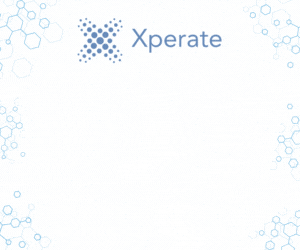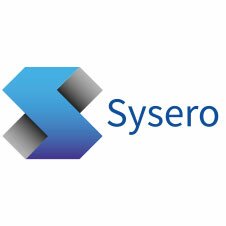Sysero: Forms-driven workflows – The key to solving the challenges of data capture
When it comes to quality and compliance, data is the key to delivering a stellar experience. Clients’ expectations continue to shift and compliance regulations continually evolve. To keep pace with the changing industry, law firms must be able to quickly and securely capture, manage, and maintain client data.
Yet, many firms still rely on emails, phone calls, and paper-based methods to gather critical client information. More often than not, this requires lawyers to spend an inordinate amount of time chasing, confirming, and organising client data. The end result: incredibly slow processes and unsecure data that puts your client relationships at risk.
However, there’s a more secure, efficient, and effective way to capture, qualify, and manage client data. By digitising your legal processes with forms-driven workflows, you can reduce the need for manual input, speed up processes, and ensure a more compliant way of working.
Nearly every legal workflow requires lawyers to obtain data from clients – whether it’s personal, transactional or compliance information. Workflow forms enable this information to be captured directly from the client, transferred into workflows, and securely stored (or deleted) based on the firm’s requirements.
Why Forms are a Key Element of an Effective Workflow
In recent years, legal workflow automation has emerged as an essential element of the legal technology stack. As tech-savvy and budget-minded clients seek out more efficient, cost-effective, and transparent services, workflow automation offers firms the ability to streamline and automate their internal and external processes.
Forms are a powerful component – and often the starting point – of the automation process. Through workflow forms, clients can directly input their own data into a secure web interface to be used as part of a variety of processes, including client intake, document production, or contract negotiations. Enabling clients to enter and confirm their own details results in more accurate data, and significantly reduces the risks that arise from data duplication.
At a time when compliance and cybersecurity are now part of daily legal operations, workflow forms provide a secure, structured, and documented way to capture sensitive information. Take for example, how Sysero’s Digital Forms Designer allows you to encrypt select data fields and provides enhanced security capabilities such as anonymisation and pseudonymisation. This additional layer of security can protect your data in case it falls into the wrong hands by removing any identifying characteristics associated with it.
Another key element of modern data protection is data retention. To stay compliant with the EU and UK GDPR, your firm shouldn’t hold sensitive data for any longer than it’s required. With Sysero, any personal data shared via a workflow form can be automatically erased at specific intervals or moved in-house behind the safety of your firm’s firewall. Furthermore, every step of the information gathering process is documented, providing a clear audit trail in case the regulators come knocking.
Creating Form-Driven Workflows
Forms play a pivotal role in workflow automation, so it’s important to invest time and effort into designing them. They will be the starting point for the data used in your workflow, so you need to understand what information must be captured for each specific process. For example, what information do you need to capture as part of your client intake to complete KYC checks? Or what client data is required to produce an NDA? Spend the time to thoroughly understand what’s required as part of your processes, so that you can properly design your forms.
Choosing the right technology is also imperative. Workflow forms should be easy for your lawyers to design and use, and their clients to complete. With Sysero’s no-code forms designer, even the most technologically inexperienced lawyers can easily create, edit and build forms to capture client data. For instance, if a lawyer needs to capture information from a client, they simply access Sysero’s intuitive Forms Designer, build their form, and then send it off to the client as a secure link. Once the client completes the form, they are notified and the next step in the process can continue.
Another aspect of workflow forms to consider is where you want to ultimately store the data provided via your forms. Do you want to store your data on the cloud or in-house? While the flexibility of the cloud can be advantageous when it comes to gathering information, it may pose some data security risks for your firm.
If that’s the case, consider opting for a hybrid solution. With Sysero’s Hybrid Cloud Workflows, you can host your workflow forms on the public cloud to make them easily available to clients, whilst storing the data they provide on your private cloud for maximum security.
Solving Data Capture Challenges with Workflow Forms
Forms are part of a more comprehensive workflow solution. Choosing to use forms as part of a simple transactional workflow, like an NDA, is a great way to speed up efficiency and reduce risks. On the other hand, forms tied to more complex workflows, such as client intake, are an optimal way to bring about better business outcomes.
No matter where your firm is starting in the workflow automation process, our experts at Sysero can help. To learn more about our workflow solutions, get in touch with our team and schedule a demo today.



